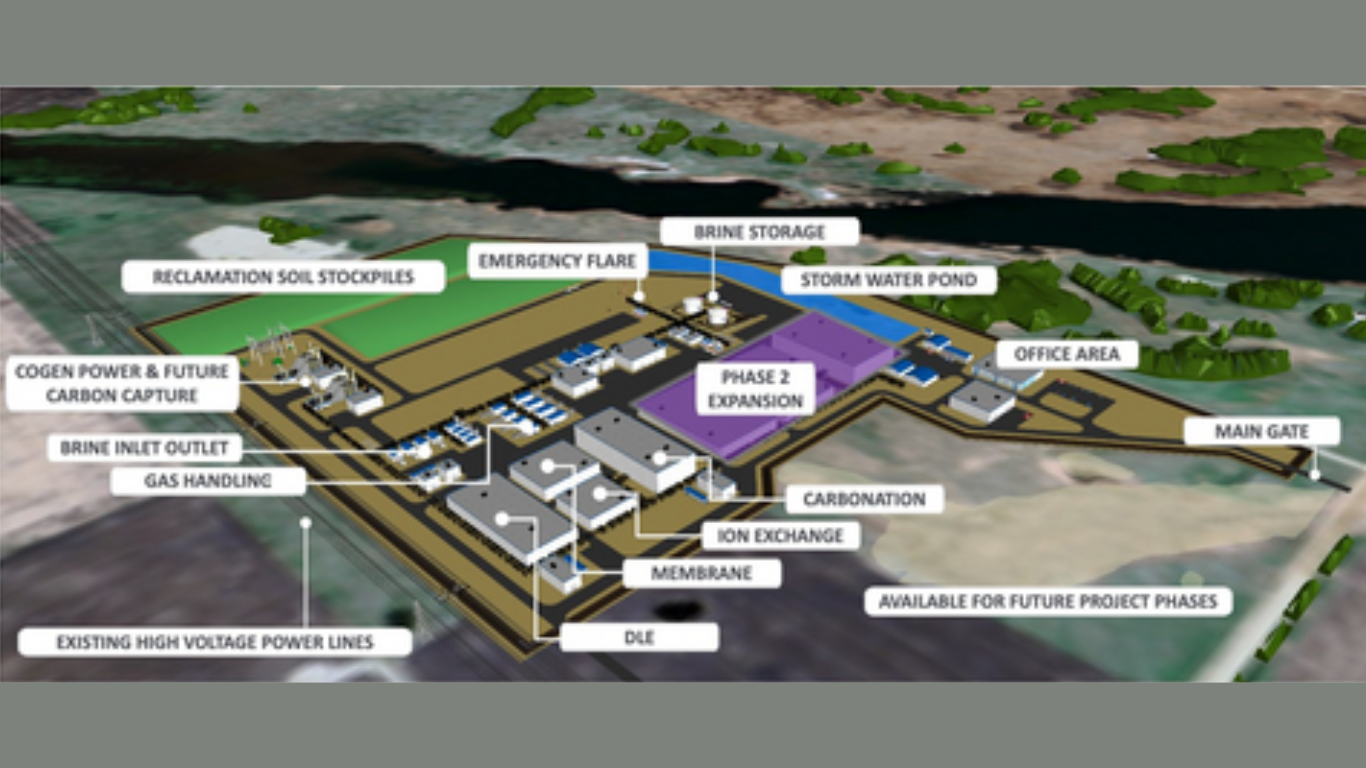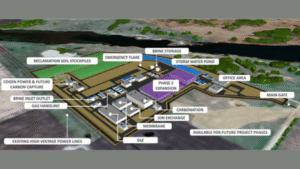A motivated and innovative team drives every organization toward growth. Success depends on how well leaders inspire creativity and keep employees engaged in meaningful work. Motivation builds energy, while innovation transforms that energy into results. Creating an environment where both thrive requires structure, trust, and opportunities for collaboration. When people feel valued and supported, they naturally produce ideas that strengthen the business and themselves. Keep reading to learn more!
Building a Foundation of Trust and Open Communication
Team members need the freedom to share ideas without fear of judgment. Open communication encourages people to contribute new perspectives. Leaders who listen actively and respond respectfully set that tone.
Regular check-ins help identify challenges early and create opportunities for improvement. When managers show transparency in decisions, employees understand goals more clearly. This sense of inclusion strengthens morale and aligns everyone with a shared purpose. Teams that communicate freely innovate faster and remain more adaptable in changing circumstances.
Encouraging Autonomy and Ownership
Employees perform best when they have control over their work. Allowing autonomy gives individuals space to experiment, solve problems, and build confidence. When people feel trusted, they take ownership of their results.
Leaders who provide clear expectations but allow flexible approaches see better outcomes. Teams that manage their processes often discover more efficient methods. This independence cultivates accountability and satisfaction, leading to sustained motivation. Organizations that prioritize self-direction often experience stronger innovation pipelines and long-term loyalty.
Investing in Learning and Skill Development
Teams need continuous learning opportunities to stay creative and competitive. Encouraging skill development keeps employees engaged and broadens their problem-solving abilities.
Workshops, mentorships, and access to professional courses help teams grow. Bringing in industry experts or motivational speakers can inspire fresh ideas and reinforce company values. Exposure to new perspectives refreshes enthusiasm and reminds employees of their potential. A culture of learning transforms every challenge into an opportunity for improvement and discovery.
Recognizing and Rewarding Contributions
Recognition shows employees that their efforts matter. Leaders who highlight accomplishments during meetings or in company communications build pride and confidence within the team.
Rewards can take many forms. Public appreciation, development opportunities, or performance bonuses create lasting motivation. The key lies in consistency and sincerity. People who feel seen and appreciated maintain stronger dedication and creativity. Recognition strengthens team spirit and reminds everyone that innovation holds real value.
Creating a Safe Space for Experimentation
Teams need environments where they can test new ideas without immediate pressure for success. Leaders who frame setbacks as learning experiences cultivate resilience and curiosity.
Structured experimentation encourages innovation while maintaining focus. Small pilot projects or brainstorming sessions provide room for trial and refinement. Feedback should emphasize improvement rather than criticism. Teams that view mistakes as steps toward progress build confidence and continue pushing boundaries.
Promoting Collaboration Across Departments
Cross-departmental collaboration exposes employees to varied skills and problem-solving styles. When marketing, engineering, and design teams work together, ideas evolve more effectively.
Encouraging collaborative sessions or rotational projects builds understanding and unity across the organization. Shared goals promote communication and break down silos. Employees who see their contributions in a larger context stay more motivated and connected to company success. Collaboration generates innovation that reflects collective intelligence rather than isolated effort.

Offering Meaningful Challenges
Providing meaningful challenges reawakens creativity and focus. Assigning projects that stretch abilities encourages growth and exploration. When employees confront complex goals, they rely on ingenuity to succeed.
Leaders can introduce challenges aligned with the company strategy to maintain relevance. A balanced level of difficulty prevents frustration while stimulating critical thinking. Employees who overcome challenges gain confidence and stay motivated for future innovation. Structured difficulty leads to breakthroughs and strengthens problem-solving capacity across teams.
Fostering a Sense of Purpose
Motivation grows stronger when employees connect their work to a greater purpose. People want to know how their contributions impact customers, communities, and company goals. Clear communication of that connection gives meaning to daily tasks.
Sharing stories of success and customer impact reinforces that sense of purpose. When teams understand the value of their efforts, they work with pride. Leaders who emphasize purpose over routine build stronger emotional engagement and inspire more innovative thinking.
Innovation and motivation grow in environments where people feel valued, trusted, and inspired. Leaders who communicate clearly, support learning, and recognize effort build strong, forward-thinking teams. Every organization benefits when creativity and enthusiasm merge with purpose and collaboration. Encouraging those qualities turns daily work into a shared mission and transforms potential into measurable success.
Article received via email






























